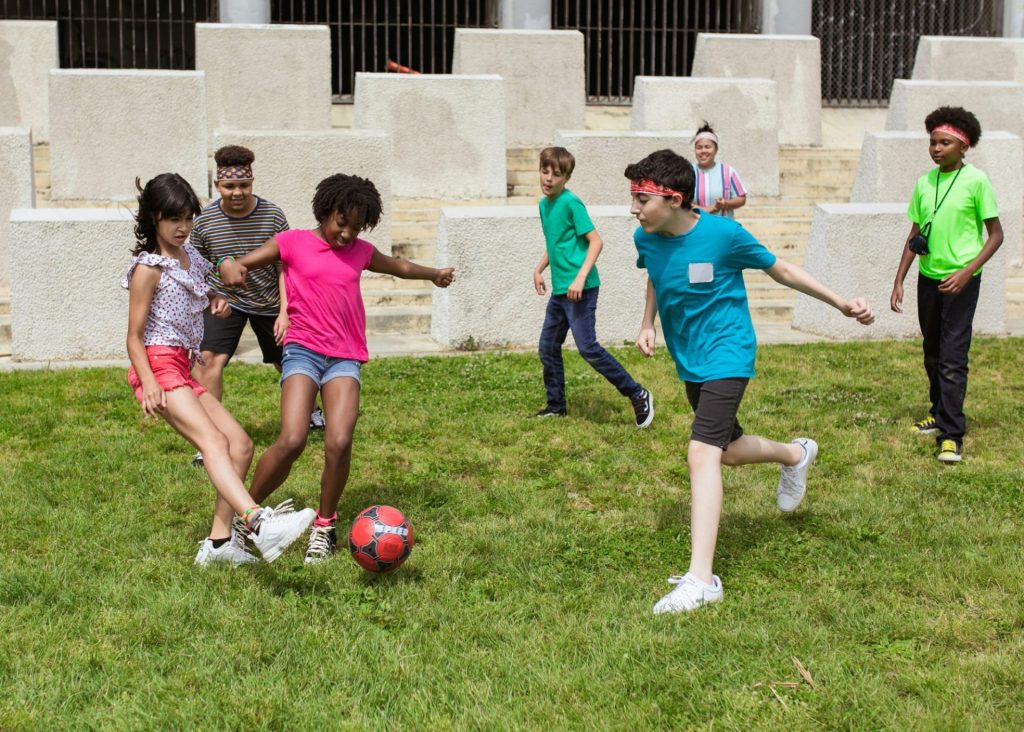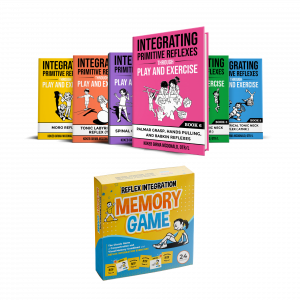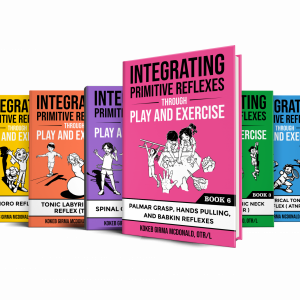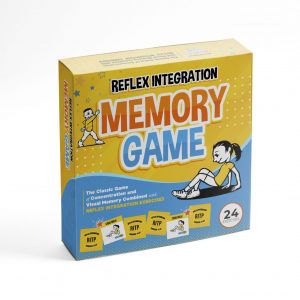Regular movement is crucial for children’s brain development, emotional and mental health, and overall well-being. Physical activities help stimulate brain growth, improve cognitive and motor skills, and build resilience and confidence. They also significantly impact children’s emotional and mental health by reducing stress and anxiety, and promoting happiness and a positive outlook. In this post, we’ll explore the benefits of regular movement and provide 10 tips for parents and educators to incorporate them into children’s daily routines.

Why is movement so important for children’s development?
- Brain plasticity: Movement promotes neuroplasticity, which is the ability of the brain to form new neural connections and rewire itself.
- Improves cognitive skills: Regular movement can improve children’s memory, attention, and problem-solving skills.
- Enhances motor skills: Physical activities help children develop fine and gross motor skills and bilateral coordination, essential for daily living and educational skills such as writing, dressing, and playing sports.
- Promotes emotional and mental health: Physical activity can help reduce stress and anxiety and improve mood, especially for self-regulation.
- Builds resilience and confidence: Participating in physical activities can help children develop a growth mindset, which is the belief that their abilities and intelligence can grow through hard work and effort.
10 tips for incorporating movement into children’s daily routines:
- Encourage active play: Encourage children to play outside, engage in physical games, and explore their environment through movement.
- Limit screen time: Set boundaries on how much time children spend watching television or playing video games, and encourage them to engage in physical activities instead.
- Create a movement-friendly environment: Designate an area for physical activities and ensure safety and accessibility.
- Model good behavior: Children learn by example, so be a role model and engage in physical activities alongside them.
- Get creative: Encourage children to be creative with their movements by creating obstacle courses, playing games, and trying new activities.
- Make it fun: The key to getting children to participate in physical activities is to make it enjoyable and play-based.
- Get moving during downtime: Encourage children to engage in physical activities during transitions, such as during homework or before bedtime.
- Plan physical activities as a family: Spend quality time together as a family by participating in physical activities, such as bike rides, hikes, or playing sports. For example, you can use our memory card game as part of your family time and work on reflex integration while still having fun.
- Join a team or club: Encourage children to join a team or club, such as a soccer team or dance class, to provide opportunities for structured physical activity.
- Celebrate progress and achievements: Celebrate children’s accomplishments and progress, no matter how small, to encourage them to continue participating in physical activities.
To sum it all up, MOVE, MOVE, and MOVE! Regular movement is essential for children’s brain development, emotional and mental health, and overall well-being. Encouraging physical activities and creating a movement-friendly environment can positively impact children’s development and help them lead happy and healthy lives.



